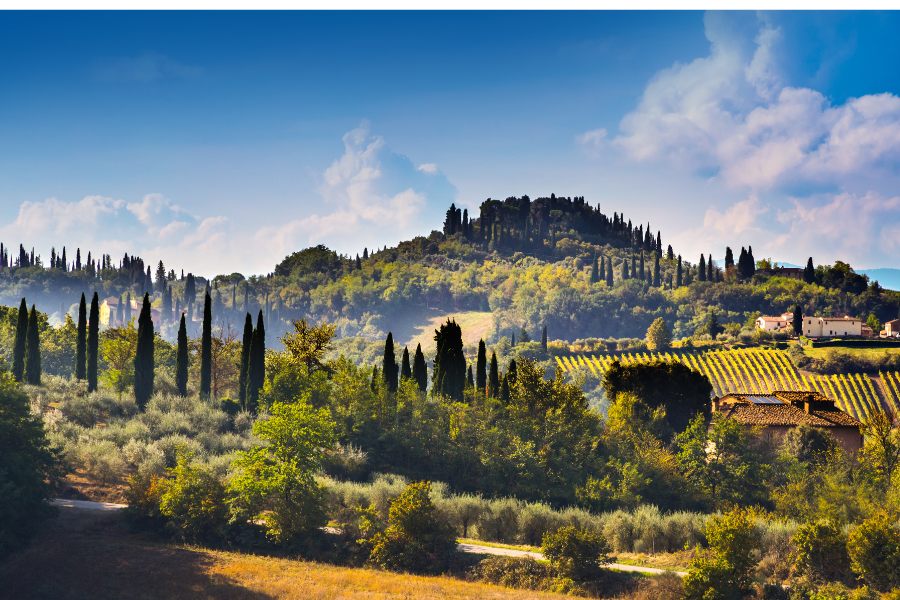Looking at our eating habits is important when assessing our personal environmental impact. Current food systems are mostly based on globalization and an intensive industrialized approach. This has allowed society to consume certain produce at all times of the year and in places where you’d naturally not be able to find them. However, it’s shown to be unsustainable. Does it make sense to be wasting all this energy and chemicals to mimic natural growing conditions and then ship the produce across the planet?
Eating in season encourages consuming fruits and vegetables that are naturally in harvest at your current geographical location. Adopting this lifestyle has many benefits for you, wildlife and the environment.
Challenges In Eating Seasonally
Eating locally and with the seasons can be difficult depending on where you live. Colder climates with longer winter seasons will impact the availability of local fresh produce. In addition, some urban areas may have less access to small farms. Although these situations have their challenges, it doesn’t mean it’s impossible. It just means that your eating habits will look different depending on where you live.
Tips For Eating In Season
1 – Eat Local – Actively find the local farms or go to your local farmers market and start building rapport with them. Don’t be shy about asking them questions on seasonality and pesticide use.
2 – Avoid chain super markets – Most produce from these large supermarkets come from large industrialized farms.
3 – Try new things – Don’t be afraid to eat foods that you’ve never tried before. It’s a great way to diversify your diet and nutrients. Farmers are usually super friendly and will answer your questions about how to clean and prepare these foods.
4 – Learn how to grow – It doesn’t get more local than growing your food. It helps you be in control of the growing process, be more self reliant and connect you to what you are putting in your body more deeply. Smaller living conditions doesn’t mean you can do this. Growing can happen in pots, on rooftops or in front lawns. In an urban setting, joining or creating a community garden center is a great way to be more involved in growing your food.
5 – Learn how to preserve – Preserving foods is a great way to enjoy the flavors and nutrients of the foods when they are at their peak year round. It is especially useful for those seasons when there is less access to fresh produce. There are so many natural food preservation methods, such as drying, fermenting, canning, salting, freezing, etc. So don’t be afraid to buy in bulk. Buying in larger quantities helps with lowering food costs and also gives you the raw material that you can preserve to enjoy later in the season.
Find out what the 8 important benefits are to eating seasonally by clicking here.
Find out which 12 produce are sprayed with the most pesticides by clicking here.
What’s the lowdown on industrialized agriculture, find out by clicking here.
Sources: Food and Agricultural Organization of the United Nations – Sustainable Diets and Biodiversity, WebMd- What To Know About Eating Seasonally, Oh My Veggies – A Beginners Guide To Eating Seasonally, Cambridge University Press – Seasonal Eating and Sustainability






